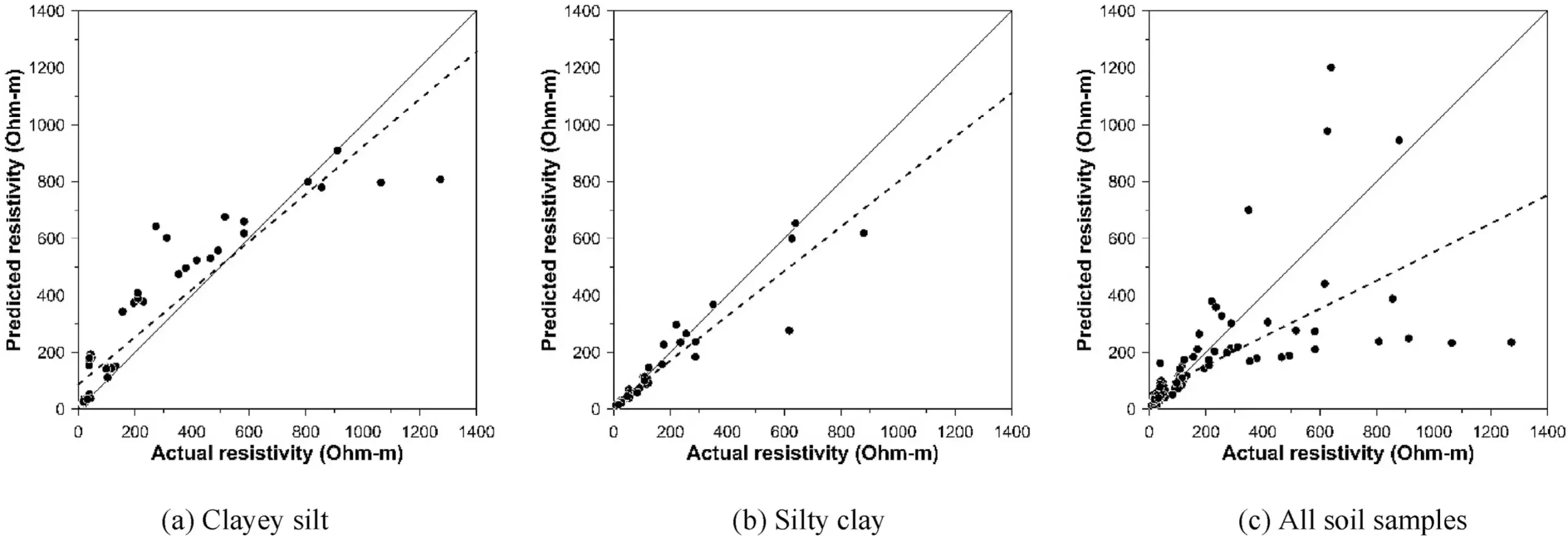In the field of electrical engineering, proper power grounding systems play a crucial role in maintaining the safety and reliability of critical electrical infrastructure, such as substations. These systems provide a low-resistance path for electrical fault currents to flow into the earth, preventing dangerous outcomes such as electrical shocks, fires, and equipment damage. One of the key factors in designing effective grounding systems is the investigation of soil resistivity.
Accurate determination of soil resistivity is essential for designing cost-effective and efficient grounding systems for electrical substations. The Electricity Generating Authority of Thailand has set specific criteria for soil resistivity, emphasizing the importance of values below 80 Ohm-meters. However, many locations fail to meet these requirements, indicating the need for robust assessment methods. Previous studies have explored the relationship between soil resistivity and various geotechnical properties, highlighting the influence of factors such as water content, unit weight of soil, salt content, clay content, and particle sizes.
A research team led by Professor Shinya Inazumi from the College of Engineering at Shibaura Institute of Technology conducted a comprehensive investigation into the behavior and relationships between soil resistivity and geotechnical parameters. Their study, published in Results in Engineering, focused on developing predictive models based on these relationships to accurately predict soil resistivity under field conditions. By measuring 30 soil samples from representative locations within a power grid substation in Thailand, the researchers established correlations between resistivity and key geotechnical properties.
The researchers identified three index geotechnical properties to correlate with soil resistivity: water content, plasticity index, and dry density. Their findings revealed a strong relationship between soil resistivity and water content, with resistivity increasing as water content decreased. While the correlation with plasticity index and dry density was less significant, nonlinear multiple regression analysis demonstrated that a combination of water content, plasticity index, and dry density could provide a reliable predictive model for soil resistivity. The coefficient of determination for these correlations further supported the effectiveness of the model.
Despite the success of the predictive model, the research team acknowledged its limitation in predicting resistivity for cohesive soils with fine particles. This limitation can be addressed in future research by including a broader and more diverse set of soil samples. The study’s implications extend beyond electrical applications, with potential adaptations for environmental monitoring. By optimizing substation grounding designs, this research contributes to cost-effective construction of ground systems and ensures safer and more reliable power supply.
The study by Professor Shinya Inazumi and his team represents a significant advancement in soil resistivity assessment for power grounding systems. By developing accurate predictive models based on the relationships between soil resistivity and geotechnical parameters, the researchers have paved the way for safer and more reliable electrical infrastructure. The findings of this study have important implications for the design of grounding systems in electrical substations, ultimately contributing to stable economic growth.


Leave a Reply